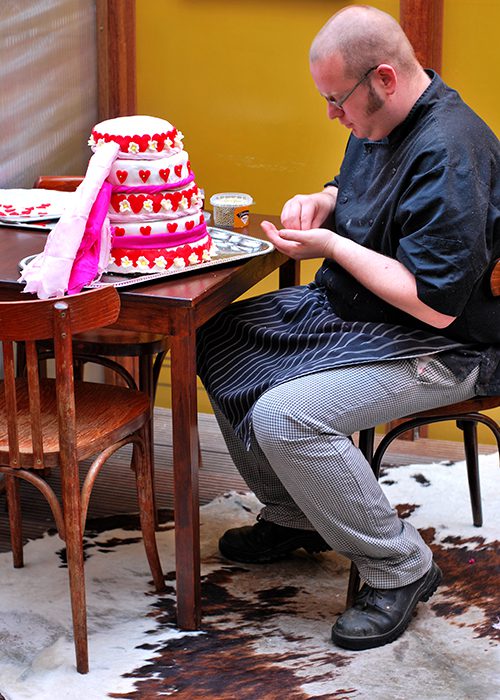I recently read a blog post entitled “3 Retail Design Trends To Transform 2019.” I thought the article offered a telling view of how retailers are thinking about marketing, and related store planning activities for the new year and beyond. To summarize, not necessarily in order:
Trend Two said basically, when it comes to store design, technology has gone incognito in favor of “connections through context;” meaning conversations with customers and links to community are created by customer interaction with tangible, tactile products.
This is a lot of words to say that if you are a shopper in a hobby and craft store with a compelling display of cake decorating tools, you may, not only pick one of these up and try it out, but also buy it as a gift for your cake decorating buddy who might then share the resource with the entire cake making class. Bingo! You have become an ambassador for the brand and it matters little if you purchased the device at an interactive kiosk, self checkout, or old fashioned POS station, implying that the sale was not made until you were able to hold the actual product in your hand.
Trend Three, still out of order, was about using the physical environment to “empower” – presumably customer – “behaviors” rather than the other way around. The example cited is really esoteric in that everything in the shop has one price: entry into the store, which will, ostensibly, buy the customer a relationship with another person or person(s) through the use of artistic expression operating by way of a convoluted “trade it forward” process. If not very practical, it is definitely thought provoking.
I tried to think of another example of how this might work and could only come up with the idea of one of those chain letters that people send around instructing their friends to “pass it on” or something terrible will happen. This idea was too creepy, even for me, so I decided to ignore it. You can read about the example store at the link.
Trend One, where we find the real substance, suggests that “bricks n mortar” retailers are, indeed, justified in advancing a real product as long as said product makes an emotional connection with the customer. It is an approach that places outcome over experience, motivation over behavior.
Still using the example of cake decoration, I went looking for a suitable visual expression of how it feels to create a valentine for a friend. The image in the photo jumped out at me because, even in the non cake making world, it is totally relatable. If I was a supplier of cake decorating implements, I would use it for a poster on a display targeting the non commercial market.
Lest one get too excited about the prospect of once more advancing a real product, it is probably important to say that accomplishing a “retail design… about creating an emotional connection” is not so easy. Detailed and specific knowledge about the customer base working together with a flexible store design is required for success.

